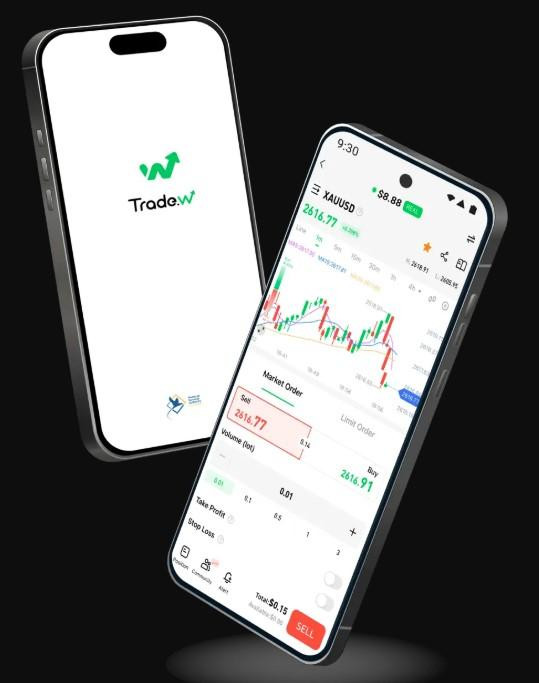Gold has long been viewed as a safe haven for investors, especially during times of economic calendar uncertainty. Whether you are a novice trader or someone with experience, understanding the intricacies of gold forecasting and trading is crucial. Here are some key indicators and knowledge you must arm yourself with to navigate the gold market effectively.
Understanding Market Trends with Moving Averages
Moving averages (MAs) are fundamental tools for identifying market trends. Short-term MAs can highlight recent trends, while long-term MAs are useful for observing more extended market directions. A popular strategy involves monitoring when a short-term moving average crosses over a long-term moving average, signaling potential trend changes.
Gauging Momentum with the Relative Strength Index
The Relative Strength Index (RSI) is a momentum oscillator that measures the speed and change of price movements on a scale of 0 to 100. Generally, an RSI reading below 30 indicates that the gold may be oversold, suggesting a buying opportunity. Conversely, an RSI above 70 may signal that the gold is overbought, potentially indicating a selling point.
Assessing Market Volatility with Bollinger Bands
Bollinger Bands provide insights into market volatility and potential overbought or oversold conditions. These bands expand during high volatility and contract during low volatility, offering clues about the market's movements and potential breakout signals.
Monitoring the Gold-Dollar Correlation
Since gold is predominantly priced in U.S. dollars, the correlation between gold prices and the dollar's value is significant. A weaker dollar often leads to higher gold prices, and vice versa. Tracking the U.S. Dollar Index (DXY) can offer valuable insights into potential gold price movements.
The Importance of Gold Reserves and Demand
Global gold reserves, mining production, and consumer demand are fundamental factors affecting gold prices. Central banks' buying and selling activities can significantly influence the market. Additionally, demand from industries and the jewelry sector plays a crucial role.
Macroeconomic Indicators' Impact on Gold
Macro-economic data such as inflation rates, unemployment rates, and GDP growth can affect gold prices. Gold is often considered an inflation hedge, so economic instability can drive up demand for gold.
Reading Chart Patterns
Recognizing technical chart patterns like head and shoulders, double tops/bottoms, wedges, and flags can aid in predicting future price movements. These patterns provide visual cues about market psychology and potential price action directions.
Combining Indicators for a Holistic Approach
Relying on a single indicator can bitcoin calculator to misleading signals. Therefore, employing a combination of the above indicators provides a more reliable strategy for making trading decisions. A hybrid approach, integrating both technical analysis and fundamental analysis, tends to yield more accurate forecasts and better trading outcomes.
Final Thoughts
Gold trading requires an understanding of various complex factors, including technical indicators, global economic trends, and macroeconomic indicators. By familiarizing yourself with these essential tools and knowledge, you can enhance your ability to forecast gold prices and make informed trading decisions. Remember, successful trading is not about predicting the future accurately but about managing risk and opportunities effectively. Happy trading!
This concise guide aims to provide you with a foundational understanding of the necessary tools and knowledge for gold forecasting and trading. As the markets evolve, continue educating yourself to stay ahead in the dynamic world of gold trading.






